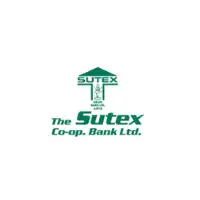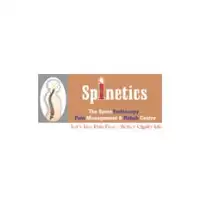Training Method
Our ISO 14001 Internal Auditor training program is conducted through a blended learning approach, including online modules and in-person sessions for hands-on experience.
Training Duration
3 days
Training Content
- Key environmental management principles
- Auditing techniques
- Case studies
- Participants will also learn how to plan, conduct, and report on an internal audit
Training Objective
- Equip participants with the knowledge and skills
- Effectively audit an environmental management system
- Identify areas for improvement
- Compliance with the ISO 14001 standard.
Who should attend Training
- Environmental management professionals
- Quality assurance personnel
- Auditors
- Implementation and maintenance of environmental management systems
- This program is beneficial for those looking to enhance there career prospects and contribute to the global effort to safeguard the environment
- The Role of Internal Audits in ISO 14001 Certification
- 1. Ensuring Compliance
- Internal audits serve as a proactive measure to ensure your organization complies with ISO 14001 standards. Conducted regularly, these audits identify areas that may fall short of compliance, allowing corrective actions to be taken promptly.
- 2. Identifying Improvement Opportunities
- Beyond mere compliance, internal audits pinpoint opportunities for improvement. By critically evaluating processes and practices, organizations can enhance efficiency, reduce waste, and fine-tune their environmental management systems.
- Navigating the Internal Audit Process
- 3. Preparation is Key
- Embarking on an internal audit journey requires meticulous preparation. Define the scope of the audit, assemble a proficient audit team, and establish a comprehensive checklist to guide the process.
- 4. Thorough Evaluation of Processes
- During the audit, scrutinize each aspect of your environmental management system. Evaluate policies, procedures, and records to ensure they align seamlessly with ISO 14001 requirements.
- 5. Employee Involvement
- Engage employees at all levels during the audit. Their insights provide invaluable perspectives, contributing to a holistic evaluation of the organization's environmental performance.
Our Clients


























































